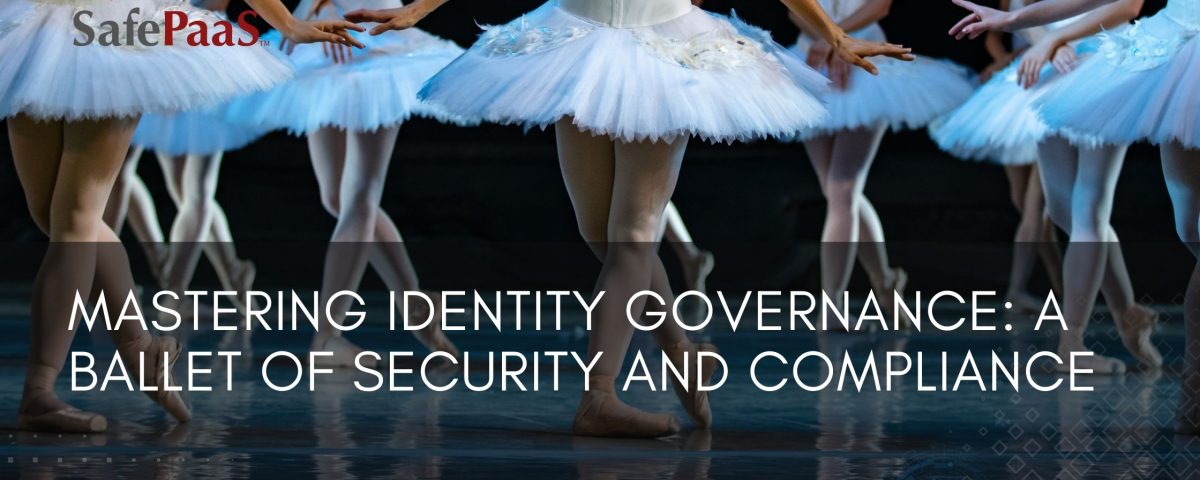Master Identity Governance


Mastering Identity Governance: A Ballet of Security and Compliance
By 2025, Gartner predicts that over 40% of organizations will utilize Identity Governance analytics and insights to mitigate security risks. This statistic also addresses one of the most significant challenges for enterprises: managing identity governance amidst the complexity and scale of identities, access, and permissions.
Addressing these challenges requires a comprehensive Access Governance strategy involving the use of advanced identity and access governance solutions, continuous monitoring, and periodic assessments to ensure alignment with business needs and regulatory requirements.
What is Identity Governance?
Identity Governance is a security framework and set of processes that ensure the right users have access to the right resources at the right time. It involves managing user identities, roles, and access rights in your organization's IT environment.
Identity Governance fixes various business security challenges by striking a delicate balance across four critical objectives:
1. Decreasing operational costs
2. Mitigating risk and strengthening security measures
3. Enhancing compliance adherence and audit performance
4. Delivering fast and efficient user access to resources
The Relationship Between Identity Governance and Access Governance
Identity Governance and Access Governance are like the choreographer and dancers in a ballet. IGA is the choreographer, designing the intricate steps (policies) and ensuring every dancer (user) performs in harmony. Access governance (the dancers) follows these steps, creating a coordinated and elegant performance on the IT stage.
5 Key Components of Identity Governance
1. Identity Lifecycle Management: Creating, modifying, and deleting user identities throughout their relationship with the organization.
2. Policy-Based Access Control (PBAC): A dynamic approach to access management that enables organizations to define and enforce access permissions based on predefined policies and rules. Unlike traditional Role-Based Access Control (RBAC), which assigns access rights solely based on organizational roles, PBAC extends the concept by incorporating a broader set of criteria, including contextual information and specific policies.
3. Access Certification: Periodic review and validation of users' access rights to ensure they align with their job responsibilities.
4. Policy Enforcement: Implementing policies and rules to govern access based on predefined criteria and compliance requirements.
5. Automated Provisioning and Deprovisioning: Automatically granting or revoking access privileges based on predefined rules triggered by events like hiring, role changes, or termination.
Security Through Strategic Control:
How Policy-Based Access Governance Eliminates Identity Threats
Policy-Based Access Governance (PBAC) is a dynamic and strategic approach to access governance that revolves around establishing and enforcing policies to manage user permissions within an organization's IT infrastructure. This method goes beyond traditional models, such as Role-Based Access Control (RBAC) and Attribute-Based Access Control (ABAC), by strongly emphasizing predefined policies that dictate access based on specific rules and conditions.
Key Capabilities of Policy-Based Access Governance
- Granular Control: PBAC enables your organization to define specific policies that dictate access rights with a high level of granularity. This allows precise control over who can access resources and under what conditions.
- Adaptability: Unlike static access models, PBAC adapts to your organization's changing needs. Policies can be easily adjusted to accommodate shifts in workforce, roles, or compliance requirements, ensuring effectiveness and sustainability.
- Comprehensive Coverage: PBAC policies can cover many factors, including user attributes, contextual information, and specific actions. This approach contributes to a more nuanced and context-aware access control system.
Advantages of Policy-Based Access Governance
- Customization: PBAC enables your organizations to tailor access policies to its unique requirements. This customization ensures that access controls align closely with the organization's structure, risk tolerance, and compliance standards.
- Contextual Decision-Making: By considering various contextual factors, such as time, location, and device type, PBAC enhances decision-making in access control. This context-awareness adds an extra layer of security, reducing the risk of unauthorized access.
- Efficiency in Compliance: Policy-Based Access Governance facilitates compliance management by allowing your organization to codify regulatory requirements into access policies. This ensures access controls align with your industry's standards and legal frameworks.
Policy-based Access Governance is a strategic shift in access control methods, providing your organization with a dynamic and adaptable solution. PBAC delivers granular control, maintains security, and adapts to changing business requirements by focusing on policies that consider multiple attributes. As organizations move through complex security challenges, PBAC is a powerful approach to govern your identity access effectively and strategically.
Discover how SafePaaS can balance your organization's security and productivity with streamlined processes and granular visibility.
Recommended Resources

The policy-based Identity Governance Guidebook
Many organizations grapple with IGA processes, like creating and managing roles, assigning and reviewing access entitlements, and handling access requests. The primary cause is that organizations follow the wrong approach to IGA, particularly around creating and managing roles.

The Power of Policy-based Access Governance
Explore what role-based access is, its shortcomings, the rise of policy-based access governance, how it solves the access problems facing the modern enterprise and why policy-based access governance is the future.

Digital Workforce Governance
Workforce governance affects every aspect of a business, including compliance, cyber security, internal controls, and even the speed of innovation. Companies must find ways to effectively manage job roles and privileges to the work performed. Having the right people in the right job is the foundation of optimization.

